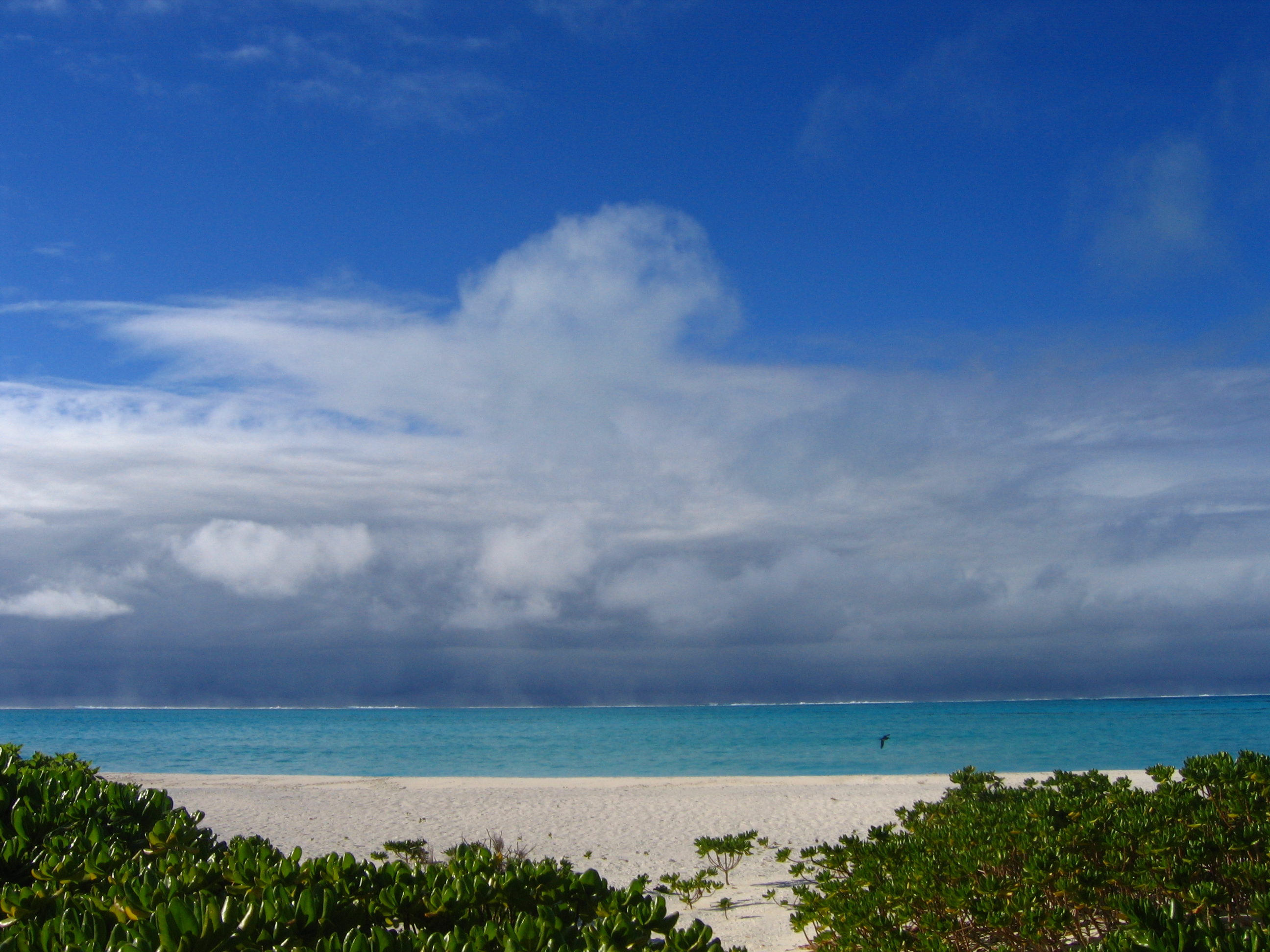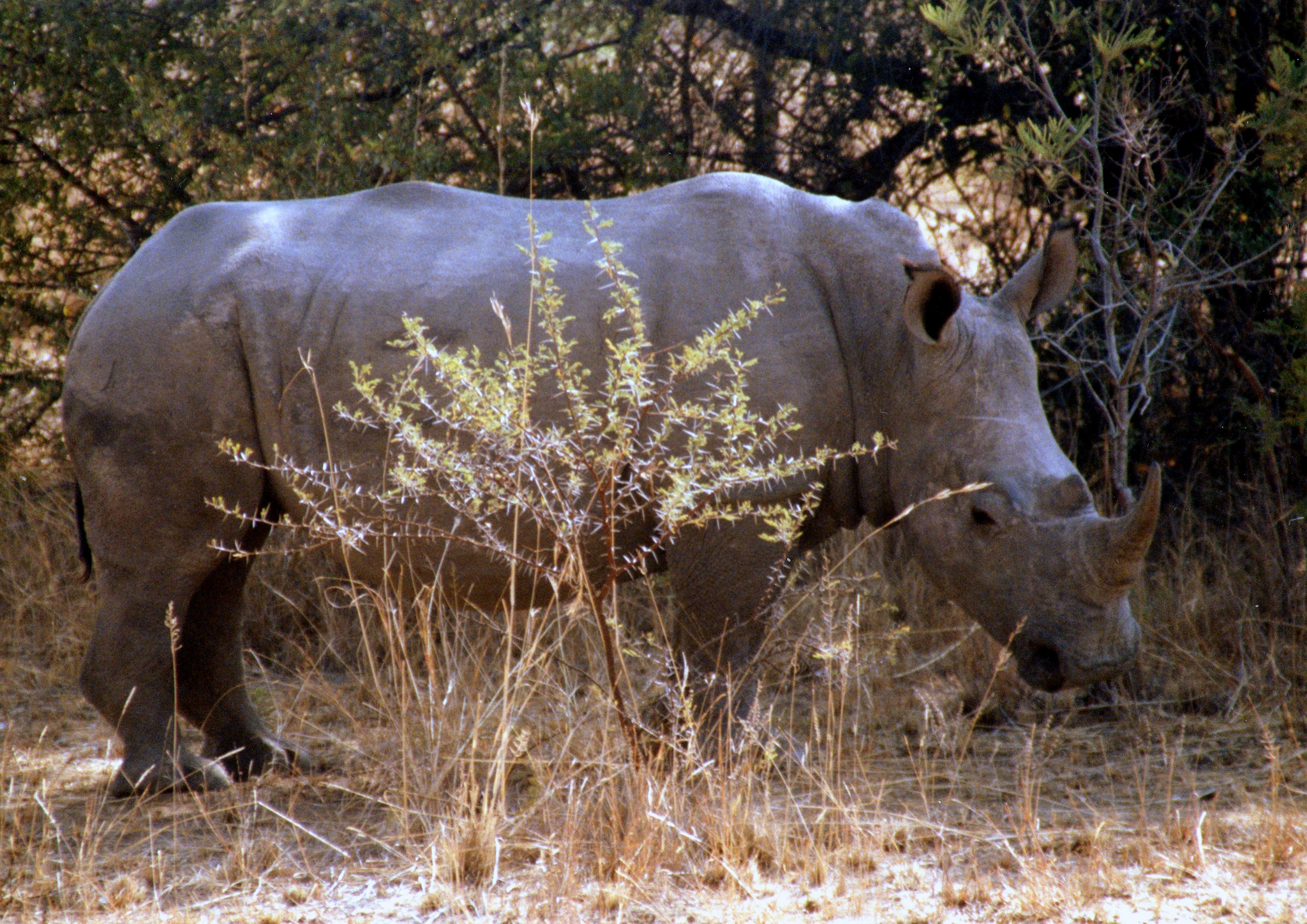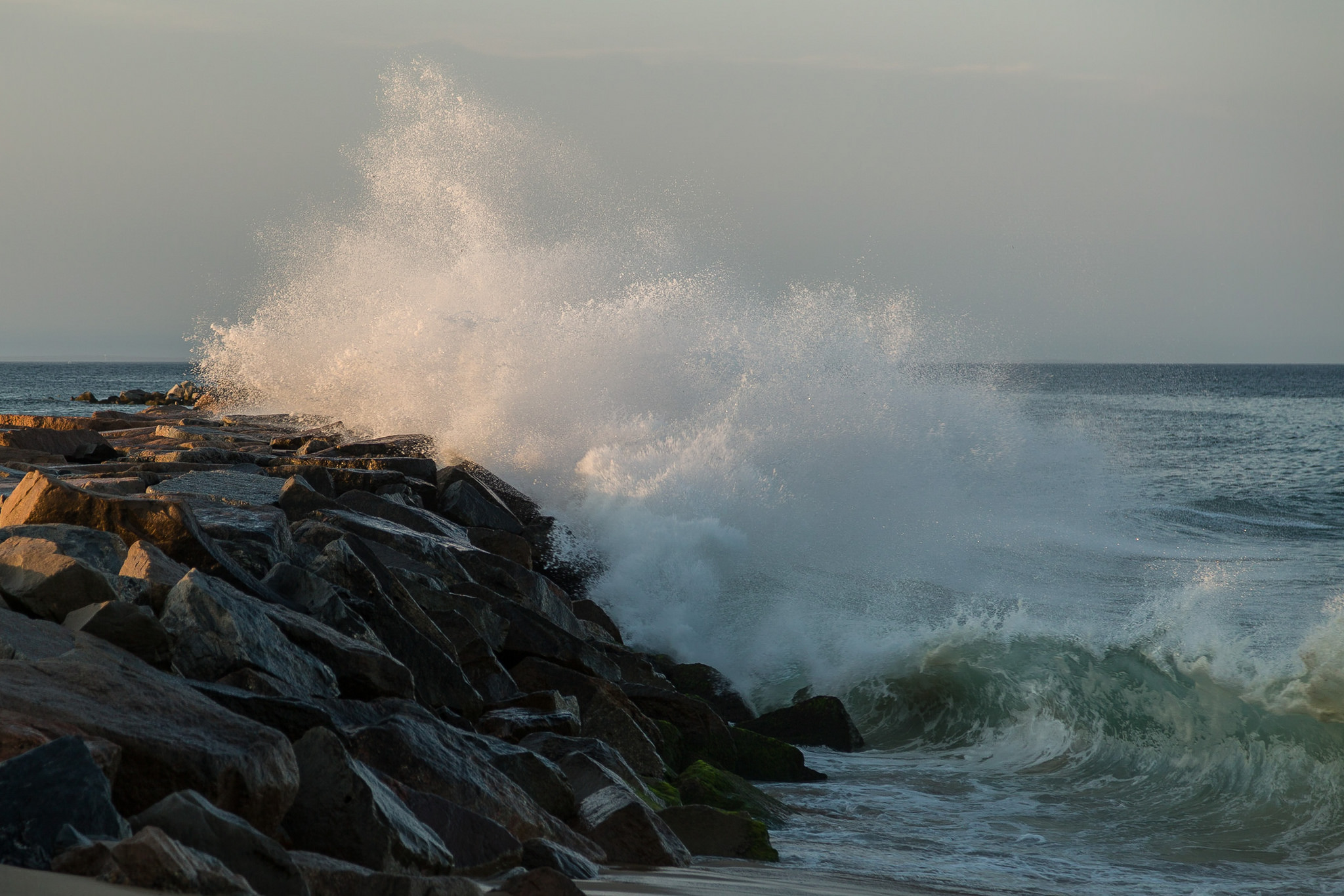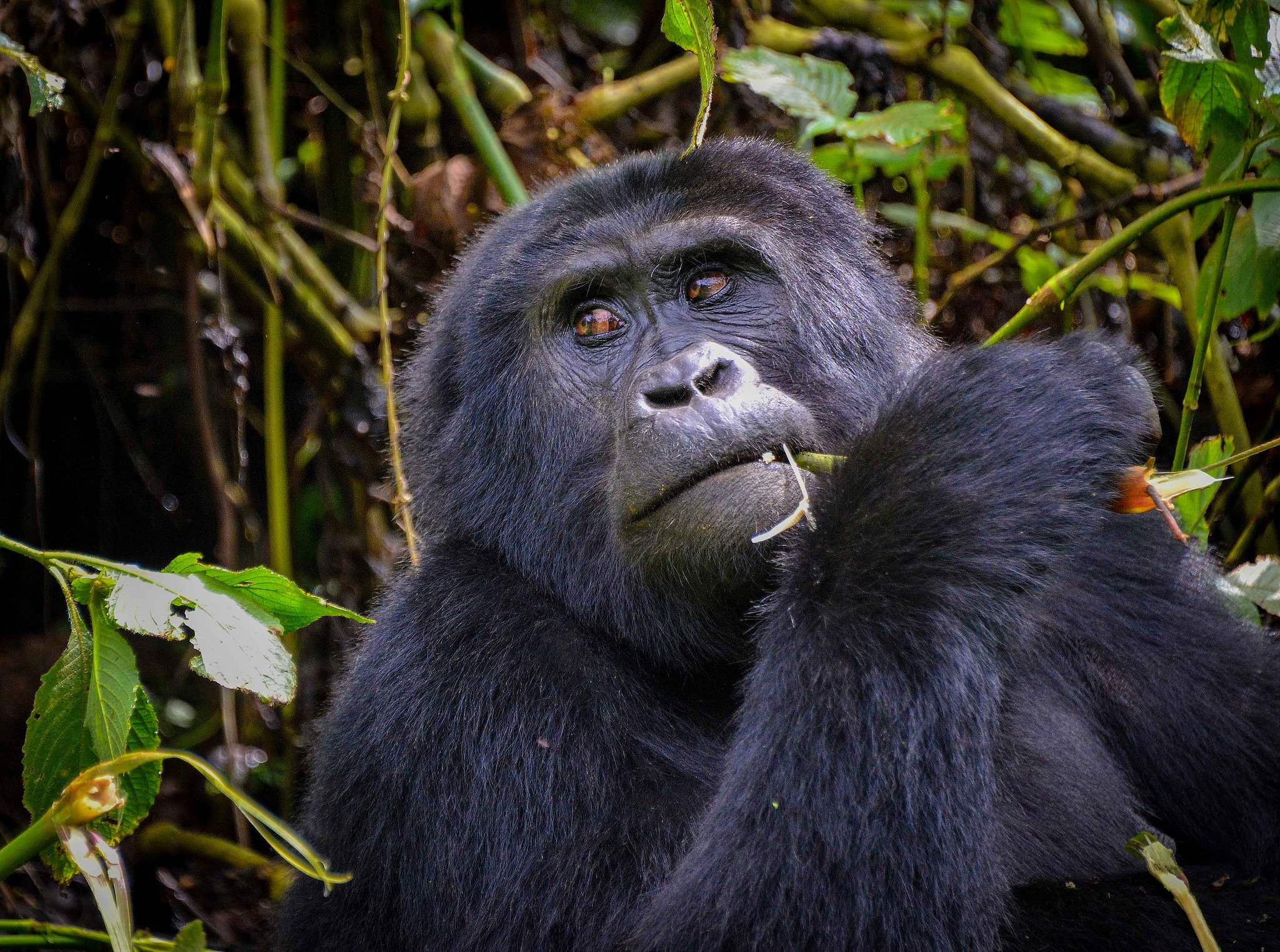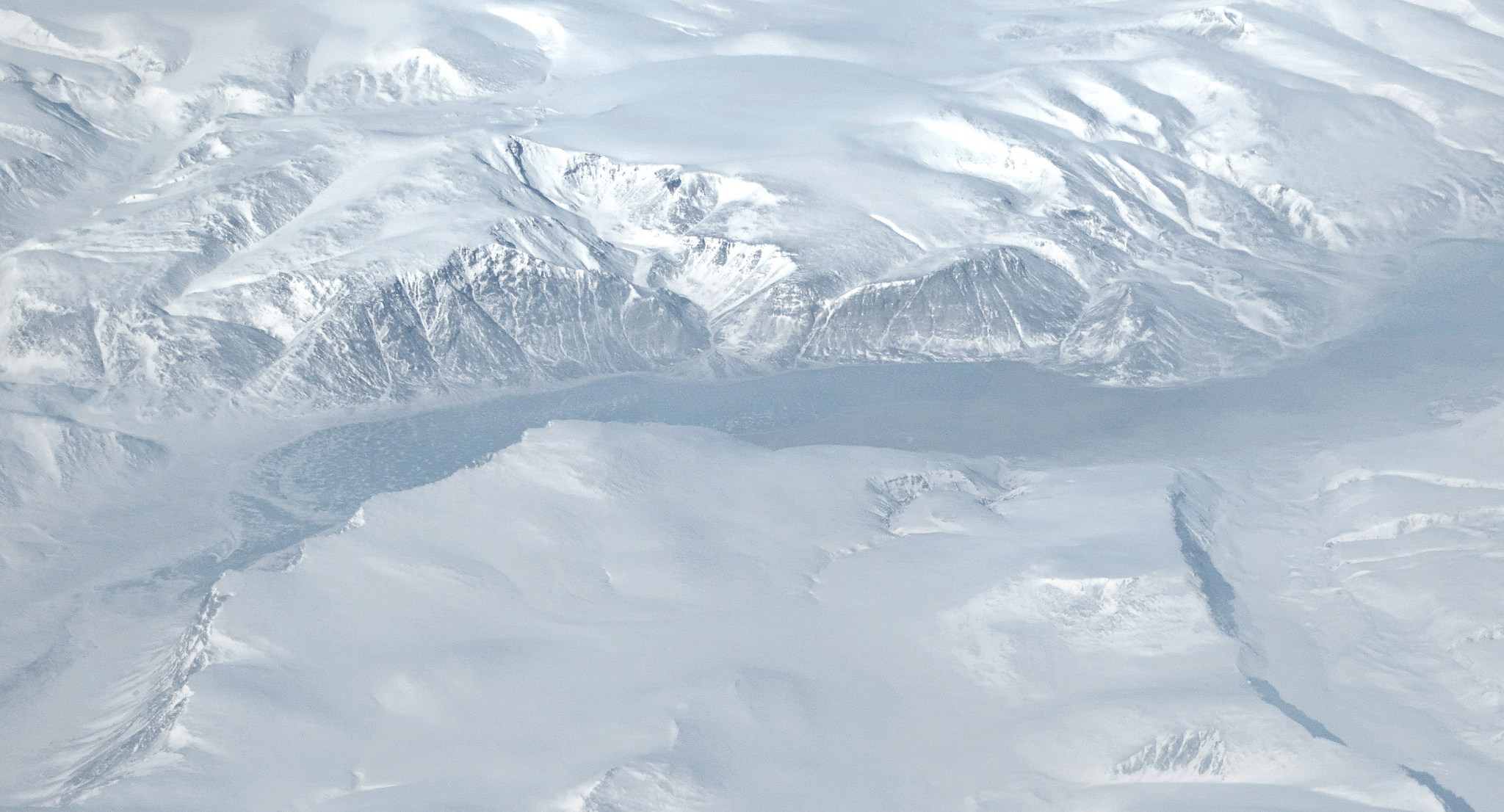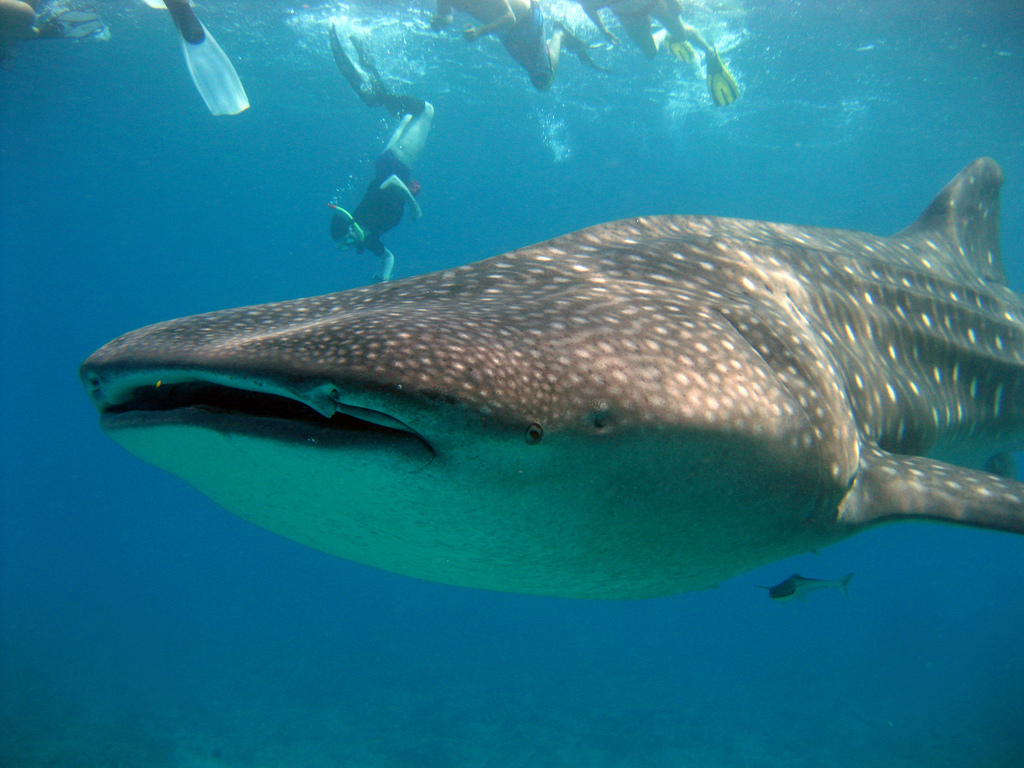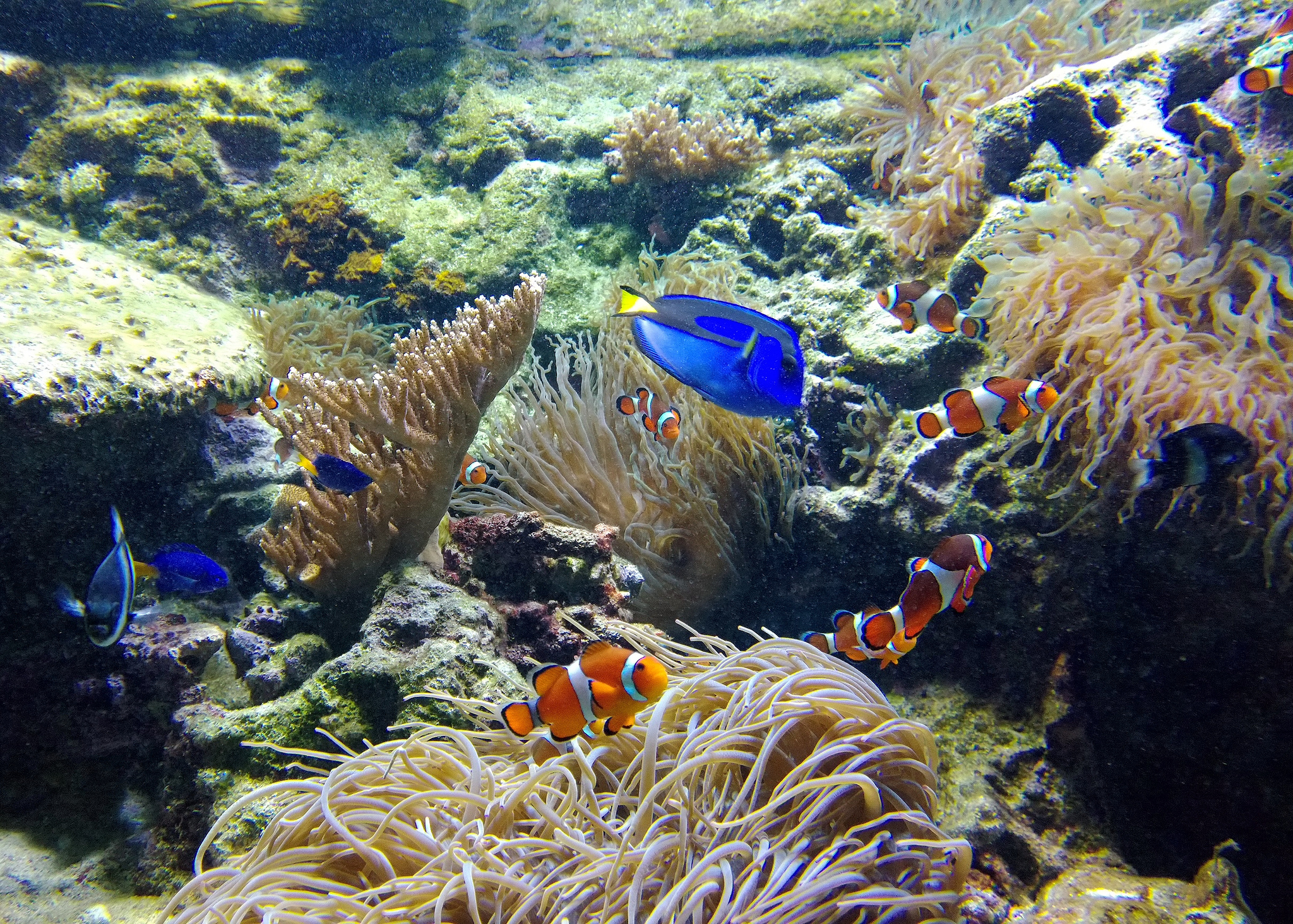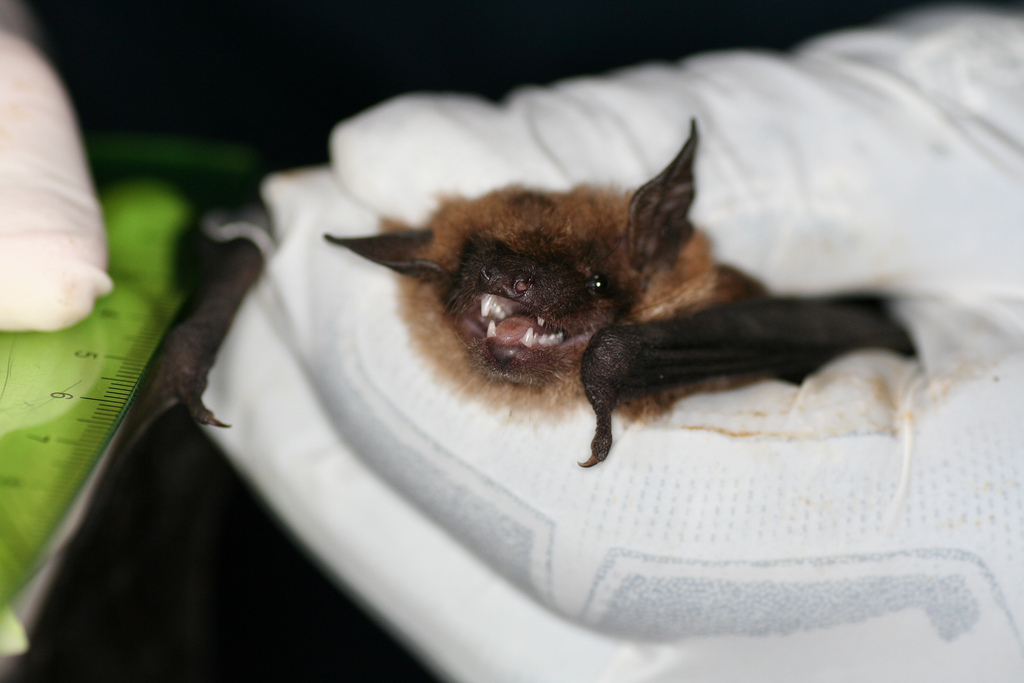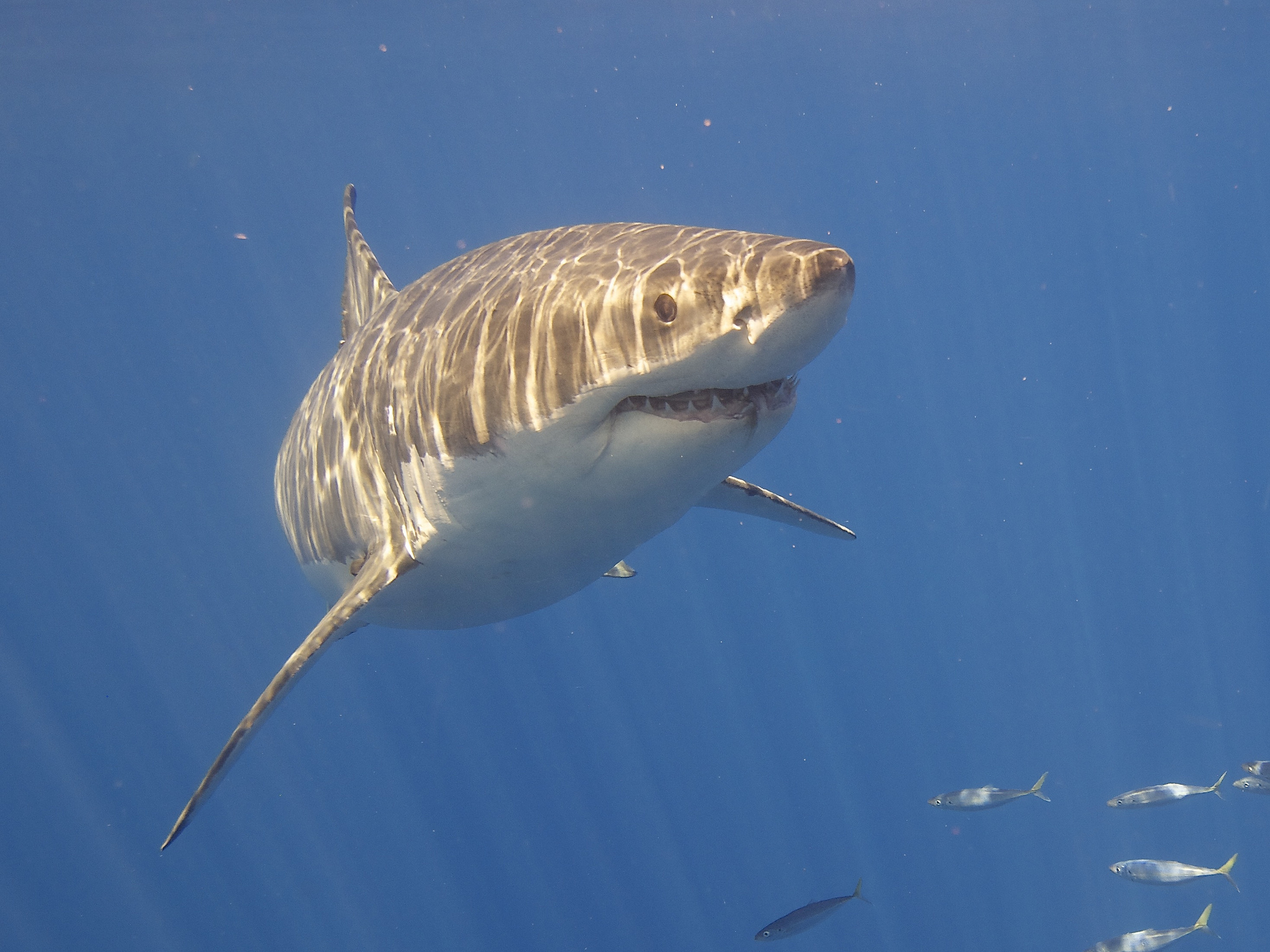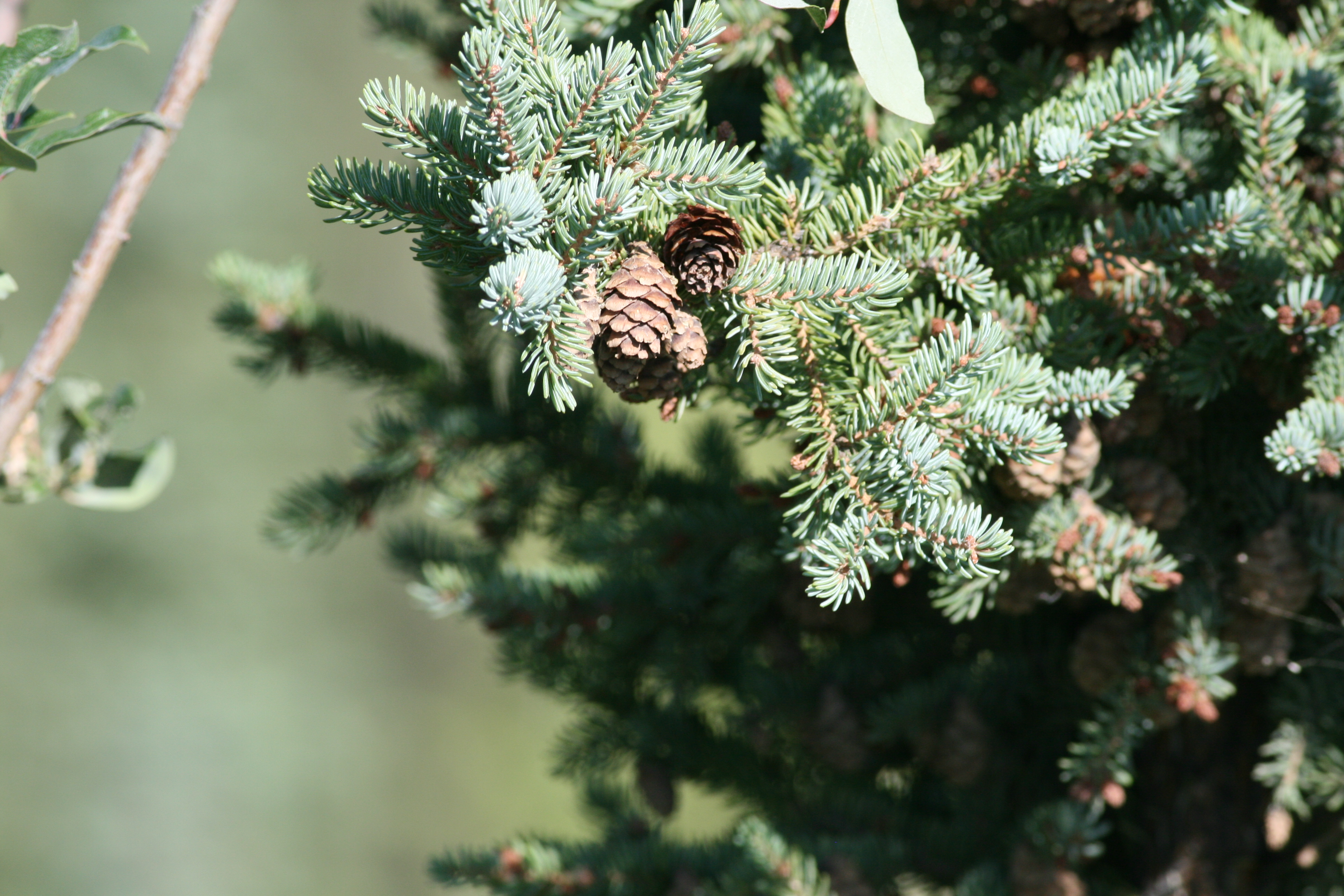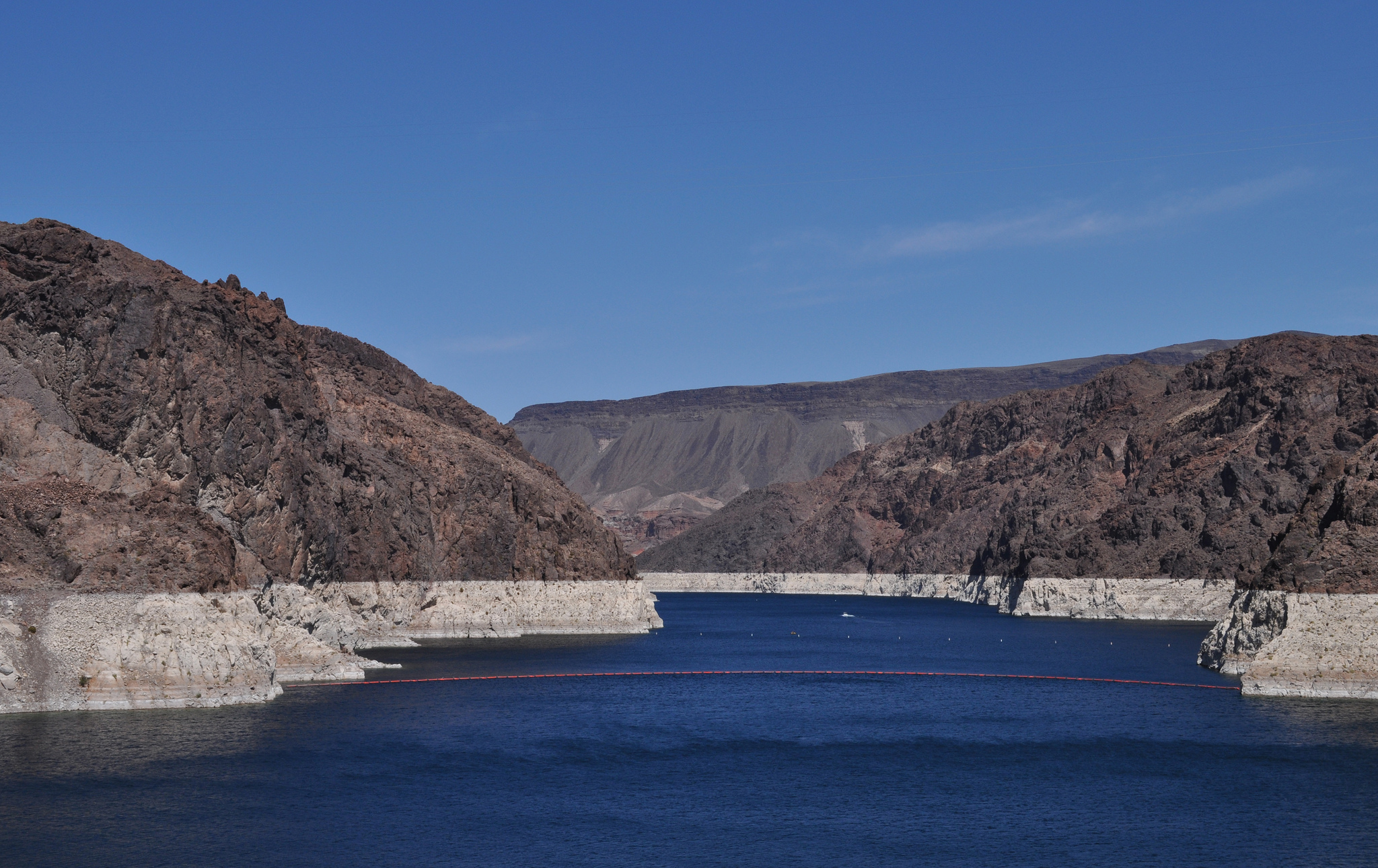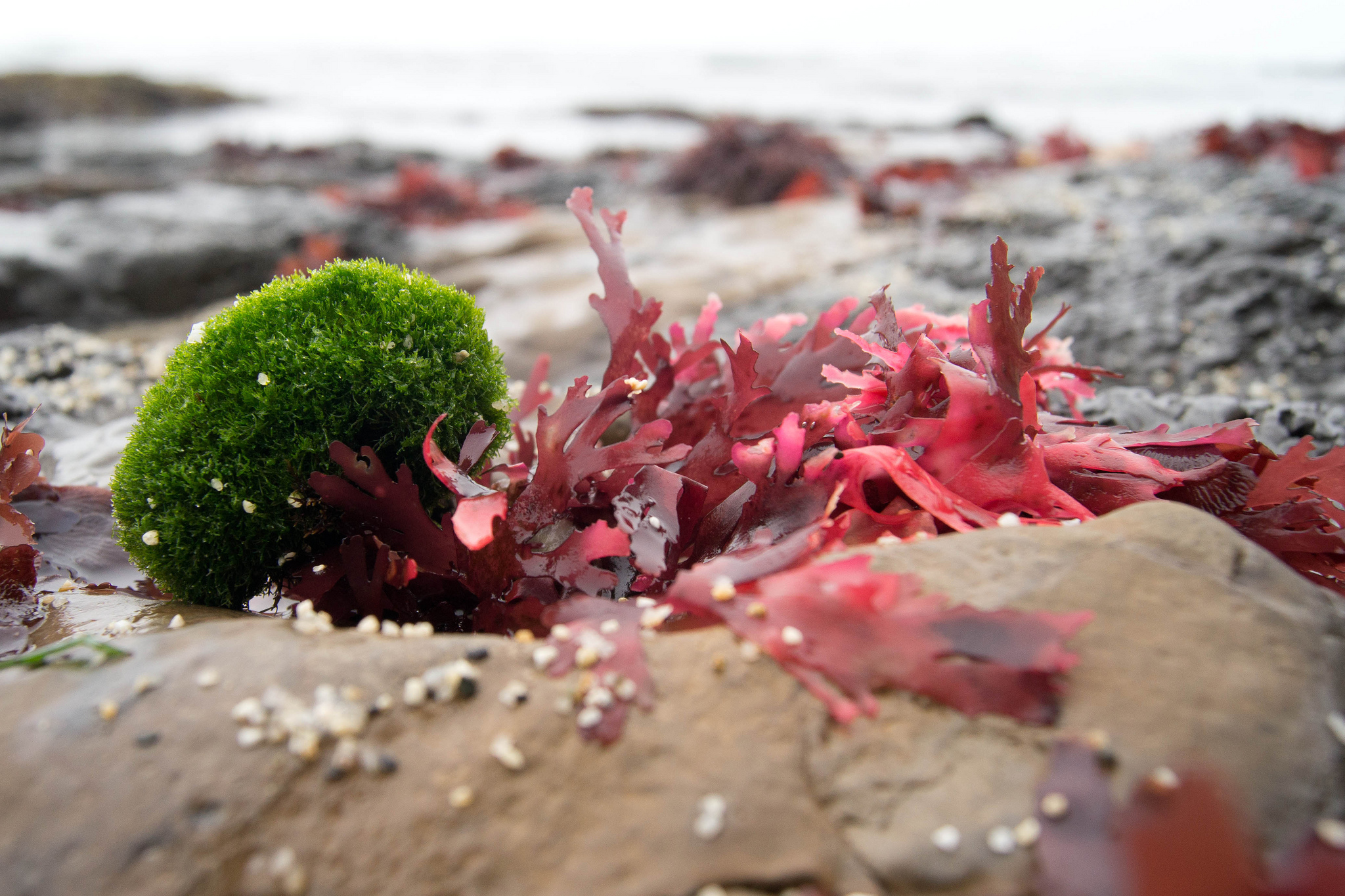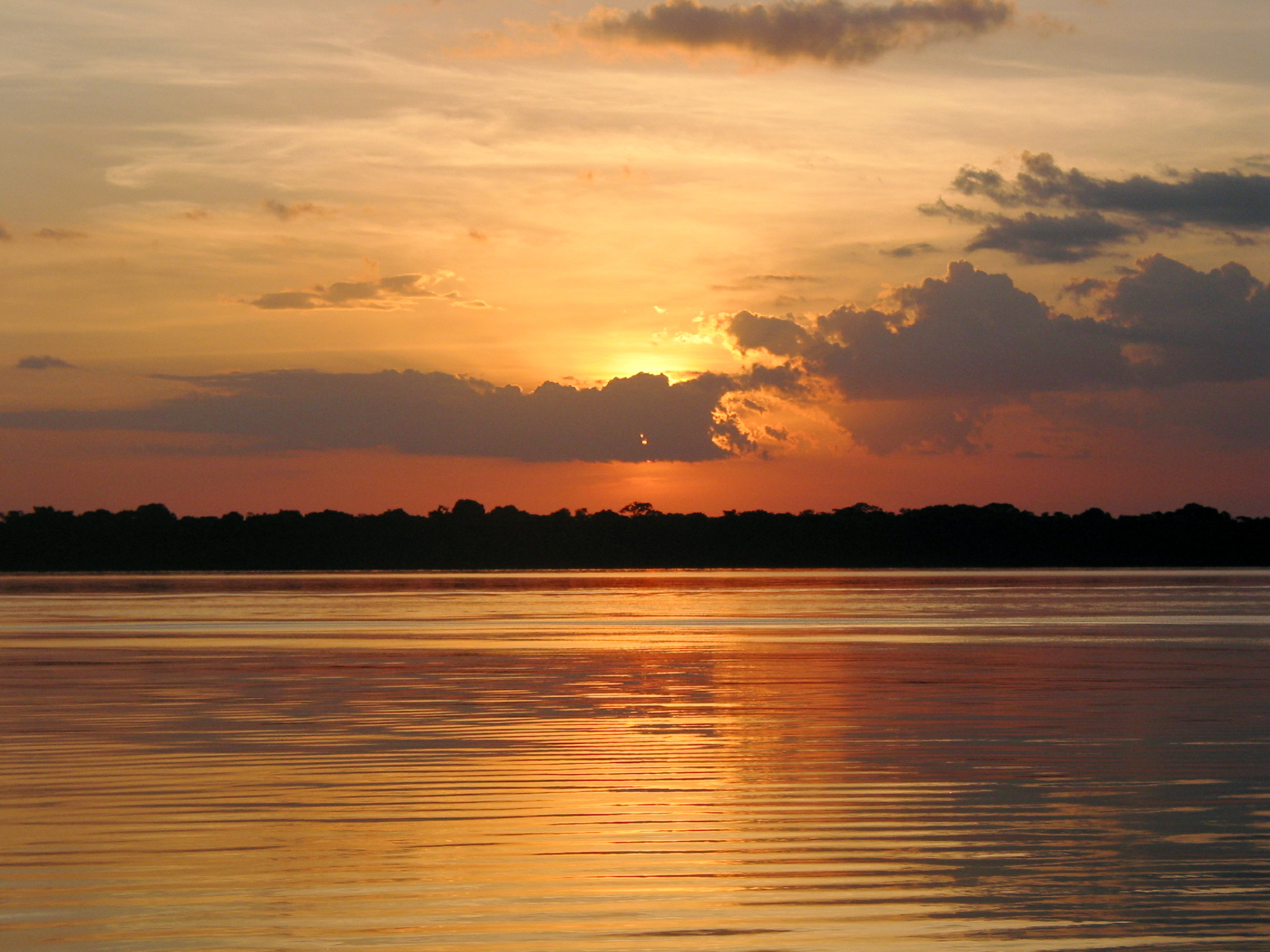Wilderness areas are strongholds for biodiversity. They buffer and regulate local climates, and they support many of the world’s most politically and economically marginalized communities. While there is a great deal of attention being paid to the loss of species around the world, there is relatively little focus on the loss of entire ecosystems. Simply put, wilderness is on the decline, and it has been ever since human civilization began its inexorable expansion.
Wildlife and Habitat
A Giant Ocean Reserve
This year marks the 100th anniversary of the National Parks and this year the largest protected area anywhere on Earth has now been created. Twice the size of Texas, the marine park also has the longest name among National Parks: it is the Papahanaumokuakea Marine National Monument.
Cruising The Northwest Passage
The Northwest Passage is a sea route connecting the northern Atlantic and Pacific Oceans through the Arctic Ocean, going along the northern coast of North America via waterways through the Canadian Arctic Archipelago.
Dehorning Rhinos
At the beginning of the 20th century, there were about 500,000 rhinos across Africa and Asia. By 1970, the number was down to 70,000. Today, there are less than 30,000 rhinos in the wild. The number of black rhinos dropped to as low as 2,300 in 1993. Aggressive conservation efforts have brought their numbers up to over 5,000 today.
Offshore Wind At Last
Europe has embraced offshore wind power as a major contributor to its electricity needs for a long time. As of June, there was a total of 3,344 offshore wind turbines with a combined capacity of over 11.5 gigawatts of power connected in European waters in 82 wind farms located in 11 different countries and providing power to millions of people.
Wiping Out Our Relatives
We recently highlighted the plight of orangutans. Following years of failed conservation measures, all orangutans are now listed as critically endangered by the International Union for the Conservation of Nature. The Sumatran orangutan had been listed as critically endangered for nearly two decades, but the Bornean orangutan was a recent addition. According to the IUCN, all orangutans have an “extremely high risk of extinction in the wild.”
The Hottest Month (Again)
NASA data show that the Earth’s temperature in July was the highest recorded since record-keeping began 136 years ago. It was also the 10th straight month of record-breaking temperatures and was .18 degrees Fahrenheit higher than the previous hottest July in 2011.
Climate Change And Radioactive Waste
What do climate change and radioactive waste have in common? It turns out a lot more than we’d like. According to research, which was was led by York University in collaboration with the University of Zurich and recently published in the journal Geophysical Research Letters, rising global temperatures could lead to the release of – yep, you guessed it – radioactive waste.
The Tick Project
Tiny ticks are a big problem. Anyone taking a walk in the woods is advised to do a tick check. Ticks infect more than 325,000 people with Lyme disease each year, and this number continues to rise.
Whale Sharks
Whale sharks are the largest fish in the sea. They can grow more than 40 feet in length, weigh up to 47,000 lbs, and have a lifespan of about 70 years. They can be found cruising in the open waters of tropical oceans. But despite being enormous, whale sharks are no threat to humans. The docile beasts, which feed almost exclusively on plankton, have often been referred to as “gentle giants.”
Catching Kelp In Maine
Farming, forestry, mining and recreation are the primary vocations in rural America. In coastal areas like Maine, fishing joins the list. And for Maine, commercial fishing has long been a major engine for the economy.
Breeding Dory
The regal blue tang is one of the most common and most popular marine aquarium fish in the world. In the U.S., they have been ranked as high as the 10th most imported fish species out of over 2,000 that enter the country. Apart from aquarium hobbyists, millions of people now associate blue tangs with the character Dory in a couple of popular animated films.
Prowling Cougars
What large mammal routinely kills 200 humans in the Eastern United States every year? Here’s a hint: It’s not cougars. It’s actually overabundant white-tailed deer.
Ebola And Bats
Filoviruses have devastating effects on people and primates, as evidenced by the 2014 Ebola outbreak in West Africa. For nearly 40 years, preventing spillovers has been hampered by an inability to pinpoint which wildlife species harbor and spread the viruses.

